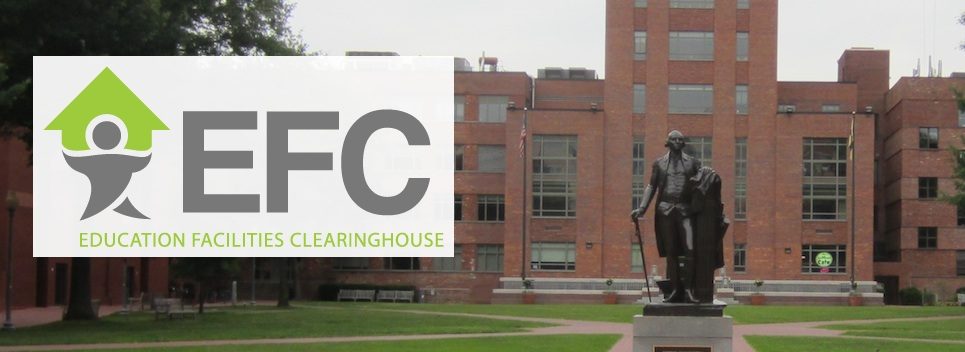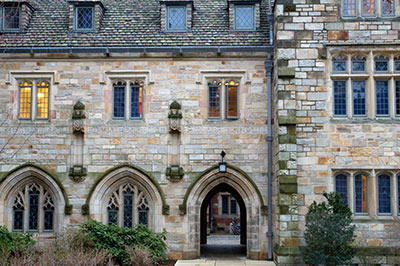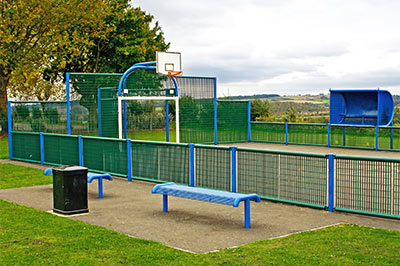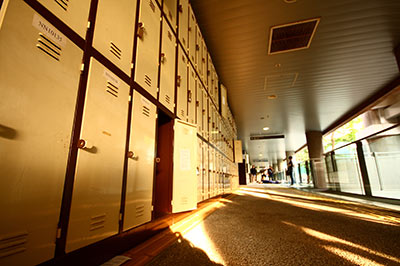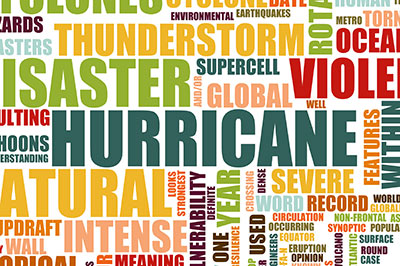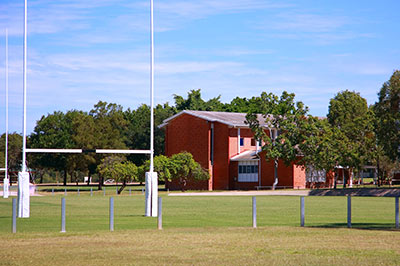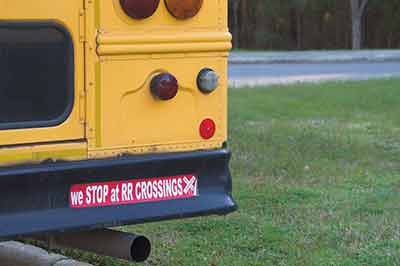Texas Department of Transportation, Texas Transportation Institute (2009). (0-5470-1)
Appendix A: Guidelines for traffic control for school areas is a companion piece to the Speeds in School Zones study. School speed zones are frequently requested traffic controls for school areas, based on the common belief that if the transportation agency would only install a reduced speed limit, then drivers would no longer speed through the area. This research project was tasked with reviewing existing practices and developing guidelines regarding the establishment of school zones. Researchers documented existing knowledge on traffic control devices in school zones using a review of previous research that examined effectiveness of devices, a survey of practitioners on signing and marking, a review of state and city school zone guidelines and warrants, and a telephone survey of law enforcement officers. Researchers also collected field data at 24 school zones across Texas and analyzed the data for findings on speed-distance relationships, speed time relationships, influences of various site characteristics on speeds, and special characteristics of school zones with buffer zones. The findings from these analyses were used in developing suggested guidelines for traffic control devices, including school speed zones, near schools in Texas. The Guidelines are designed to serve as a supplement to the Texas Manual on Uniform Traffic Control Devices and the manual on Procedures for Establishing Speed Zones. They are included in this report as Appendix A. Major topics in the Guidelines include: definitions, school location, school speed zone characteristics, pavement markings, crosswalks, school entrances, and conditions for removing a school speed zone.
View Guidelines
